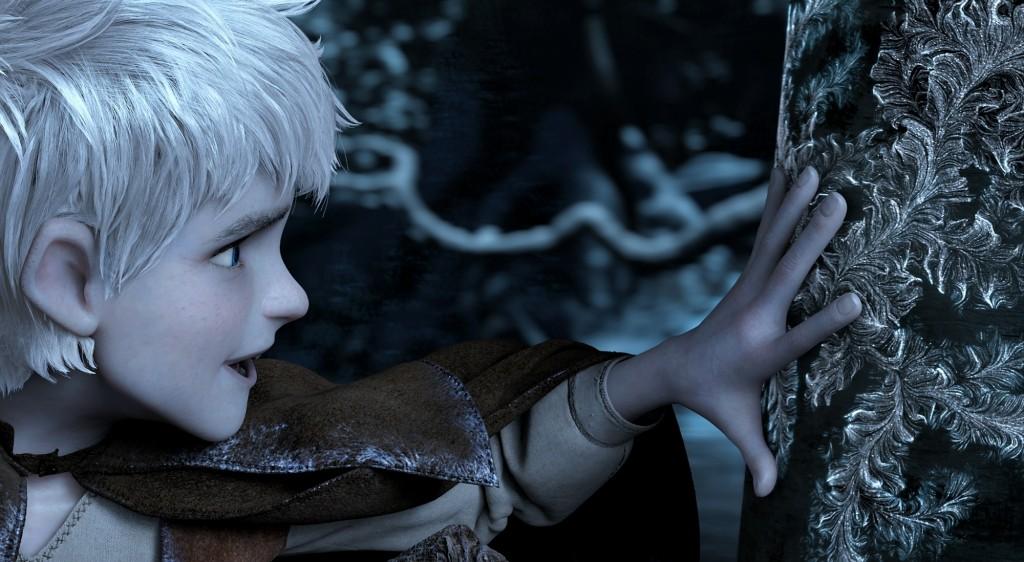
Photo Credit: Paramount
Rise of the Guardians—PG
Running Time: 97 min
Director: Peter Ramsey
Lead Actors: Chris Pine, Hugh Jackman, Alec Baldwin and Isla Fisher
Rating: 8
Many conflicting views have clashed when regarding the newest animated hit, Rise of the Guardians. In this film, young and vivacious winter sprite Jack Frost (voiced by Chris Pine) finds himself searching desperately for his purpose in the world after awakening in a frozen lake with nothing but his name and the light of the moon. Throughout his journey, he accompanies the world’s “guardians”—Nicolas St. North (voiced by Alec Baldwin), E. Aster Bunnymund (voiced by Hugh Jackman), Sandman and Toothiana (voiced by Isla Fisher)—on their quest to stop the insidious Boogeyman, Pitch Black (voiced by Jude Law), from corrupting the innocence of the world’s children.
The first time I watched this movie, I was intrigued by how much I loved yet hated it. I had been expecting so much, yet prepared for so little, and got something in between the two. It took three tries—I literally went to see the movie three times in the past week—but I eventually understood both the reason I was captivated with it and why I was so irked.
First of all, the movie was undoubtedly a diamond in the rough among animated films. It received the 2012 “Hollywood Animation Award” from Hollywood Film Awards, previous winners being “Cars,” “Rango,” “UP,” “Wall-E,” and “Ratatouille,” as well as receiving an award for “Audience Favorite Children’s Film” from the Mill Valley Film Festival. The animation is no doubt magical, and even my older sister and her roommate, both of whom are attending the Art Institute of Denver, are mesmerized with the beautiful techniques and effects used on the scenery; her roommate is particularly interested in Frost, amazed with how the animators managed to get such amazing frost effects in 3D, as well as how his jacket shimmers in the strangest ways. Bunnymund is also a sight to behold, my sister noticing that the markings on his fur are painted in the style of the Aborigines of Australia. The sight of Toothiana, however, may have been the most peculiar, beautiful use of computer graphics I’ve seen since How to Train your Dragon, as she is a gorgeous mix of human and hummingbird.
The music was also a gem. Written by French composer Alexandre Desplat and recorded in London by the London Symphony Orchestra, I found myself so engrossed by the score that I looked up the whole thing once I got home and listened to it for a few days. Despite the interesting choice of medium, particularly the opera-style end credit song sung by Renée Fleming, the main sections of score fit particularly well with the overtone of the film.
The brilliant protagonists were also a great highlight of the movie. The way each character connected to the others in such different ways captivated me, and the way they each saw themselves was even more brilliant. Frost in particular had the tendency of carrying out the most heart-string-plucking, tear jerking, awwwh-provoking moments I have ever seen in an animated movie. Every time I saw the movie my laughs and heart jerks grew louder and stronger; my third time, I shed a few tears at the beginning and near the very end. I found myself reverting to a child as I joined Frost in his mischievous play. There was nothing, it seemed at the time of my viewing, more important than having fun.
There were a few overbearing flaws in the movie, however, which were too hard for me to wash away after my first viewing. After the next few tries, I figured out the problems. The main and most obvious problem was the antagonist, Pitch Black. Long story short, the Boogeyman himself is convinced that no child believes in him and that he has no power anymore. This, in and of itself, is a ridiculous statement. I’m willing to bet that more children believe in the Boogeyman than the Tooth Fairy. Even in societies where there is no name for him, there has always been a fear of that dark space beneath a child’s bed or inside their closet. My understanding of the Boogeyman, created by the petrifying movie Boogeyman(2005), was that he was the epitome of chaos, becoming whatever the child was afraid of. He, in my mind, is the definition of anarchy, an insane creature at its core. It therefore made no sense for this new Boogeyman to claim complete control over his domain of fear and darkness when he himself showed an uncontrolled fear towards certain things. Pitch Black was a pathetic antagonist all together.
Another issue that I took from the movie was its moral; one that I quickly replaced in my mind with a different, more subtle moral. The movie, at the end, was essentially trying to encourage children to believe in the magic of the world. I have no problem with this idea, but the movie itself didn’t seem to be implying that until the narration shoved it down our throats in the last few minutes of the movie. The entire movie was less about the belief children should have in others than the belief children should have in themselves. What with both Jack and the antagonist having the same problem, not being believed in, I was sure that Jack would be the one to conquer his need for acceptance from others, perhaps come to terms with the fact that being seen is not the only thing that matters. This seems like a more relatable issue with a wider audience than the belief of magic. Especially in this day and age, a moral about our place in society is more widely accepted and appreciated than one about magic.
I discovered that my greatest issue with the movie, however, was its storytelling technique. The movie was mainly pushed forward by character chemistry and scenery rather than action and plot advancement. This is a very strange formula for a movie, but we will all appreciate this in the world of books; internal growth and imagery, ironically, is the formula for books. And guess who one of the executive producers was? William Joyce, author of The Guardians of Childhood series, the predecessors of Rise of the Guardians. The movie, in fact, advances like a book, focuses on things that a book would focus on, and is most definitely more grounded in characters than plot, which books are prone to do. There is nothing wrong with this; the only issue is that it rubs the audience the wrong way. They came to the theatre for a movie, not a novel.
Rise of the Guardians was an incredible step forward for visual story telling; it was said that before they even drew the characters, a color palate was created for each character in order to keep their vibes and implicit meanings separate. It was not, however, appealing for those who do not wish to stray from the natural film structures. If you’re willing to try something new and fresh, as well as be treated to a visual extravaganza and an emotional roller coaster, this is the movie to see. Especially if you’re ready to become a child again.





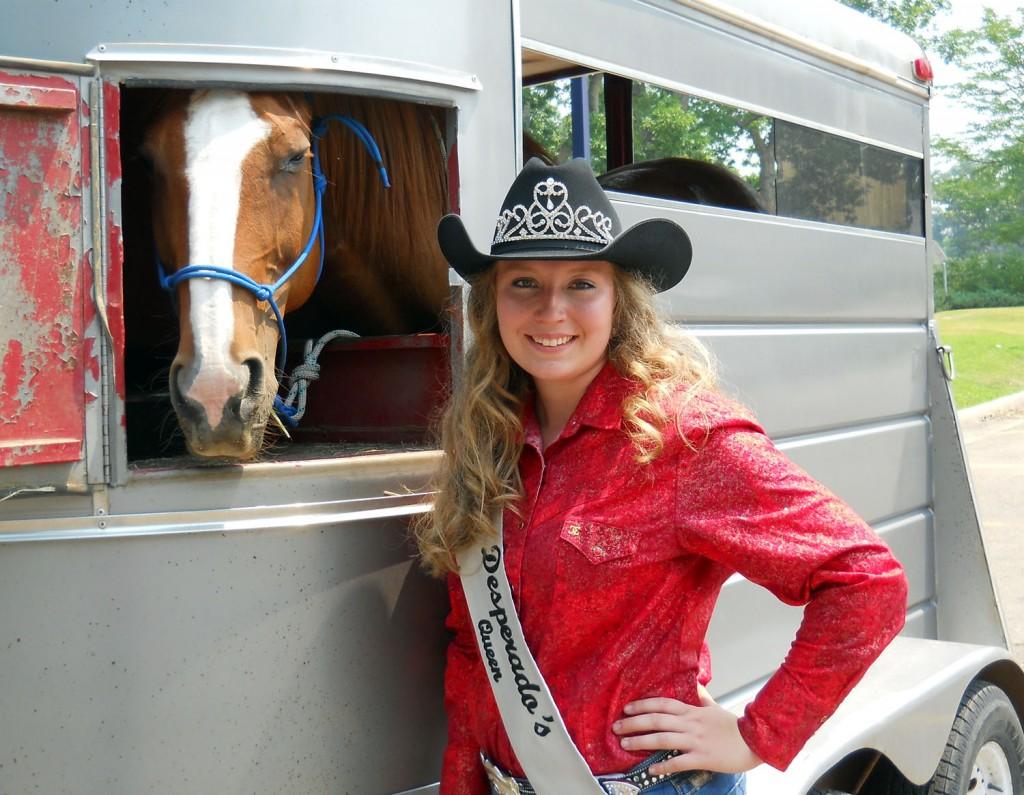
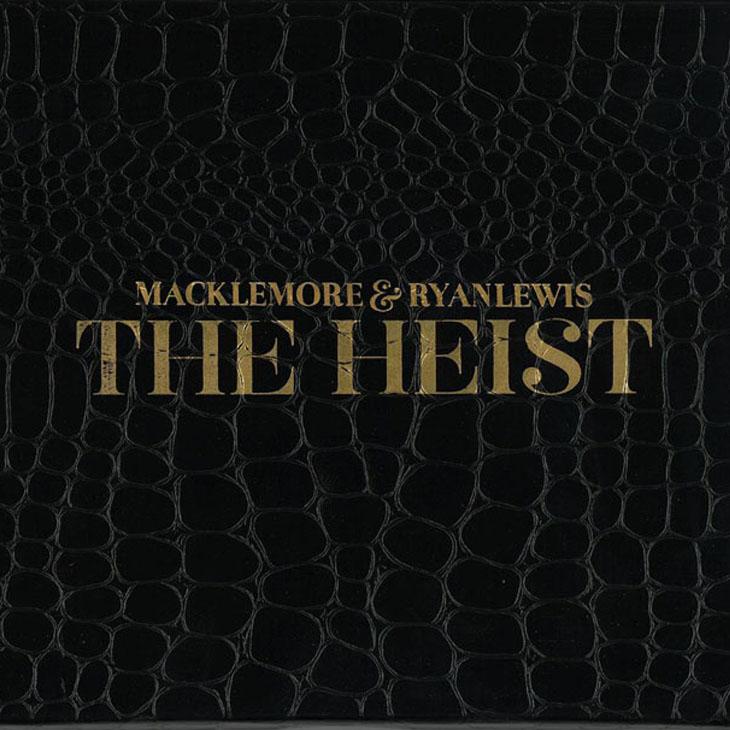
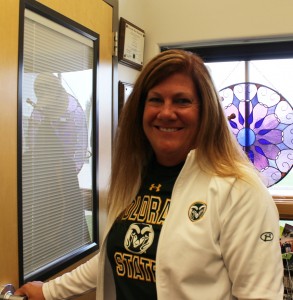
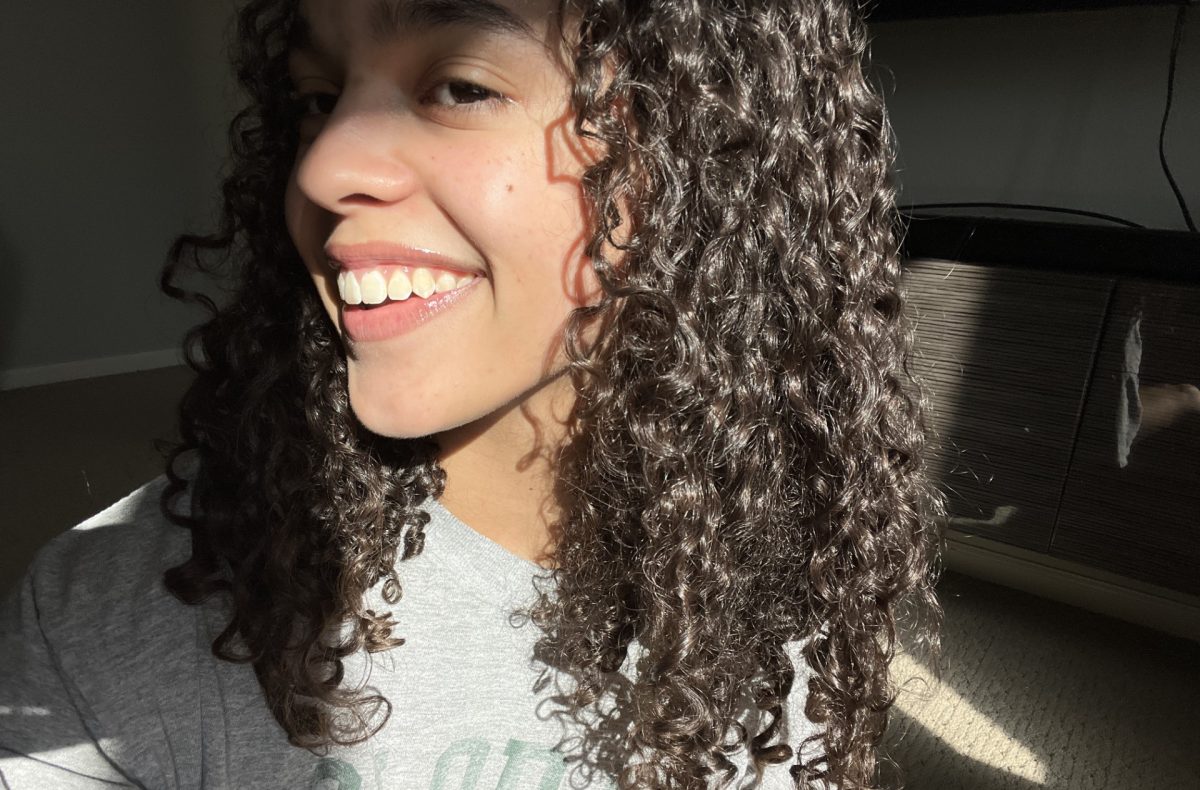
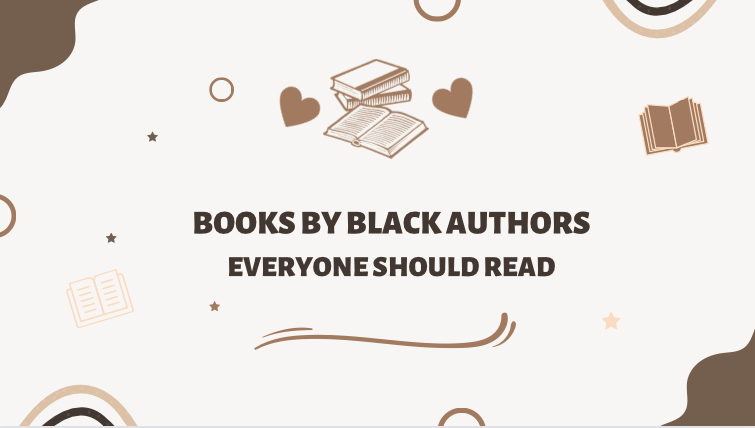


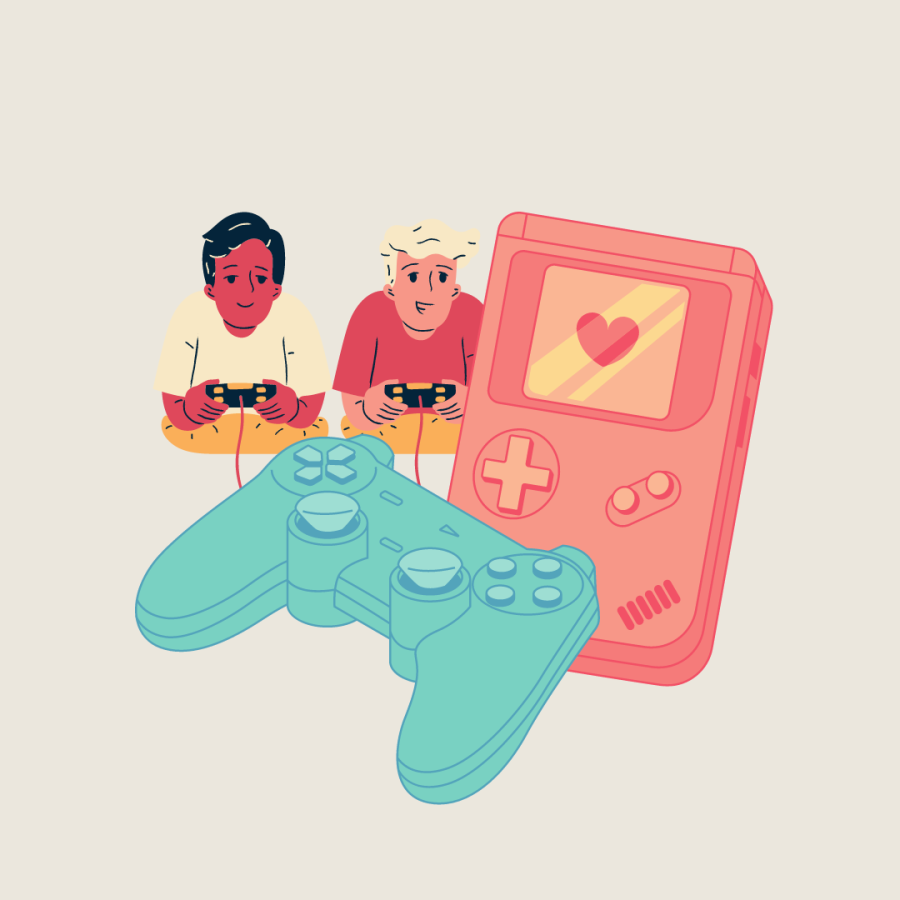
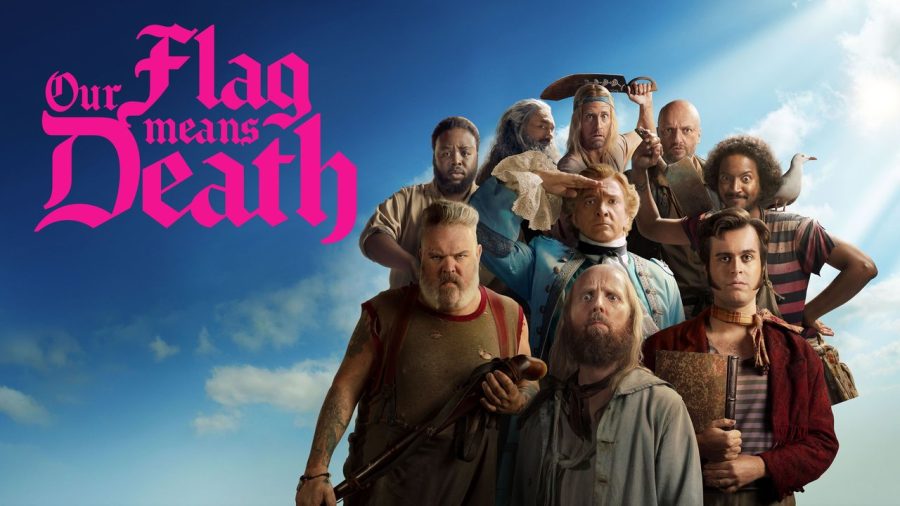


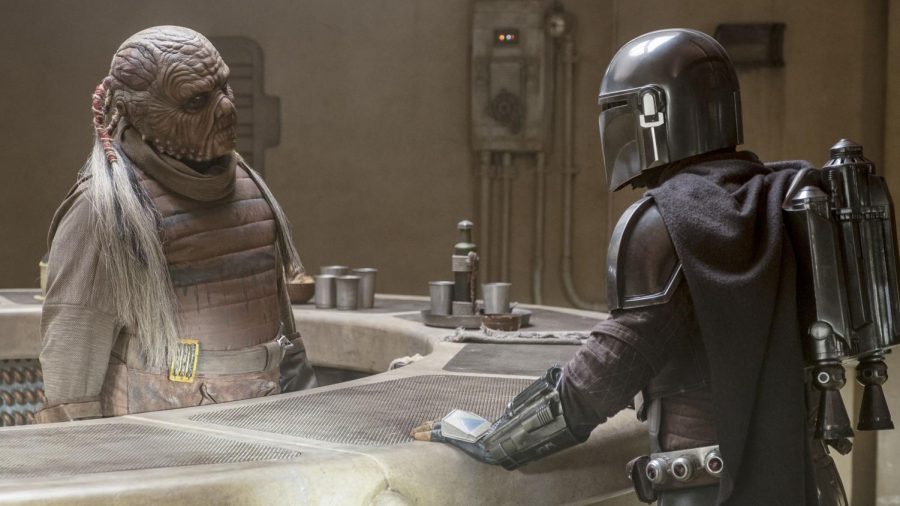

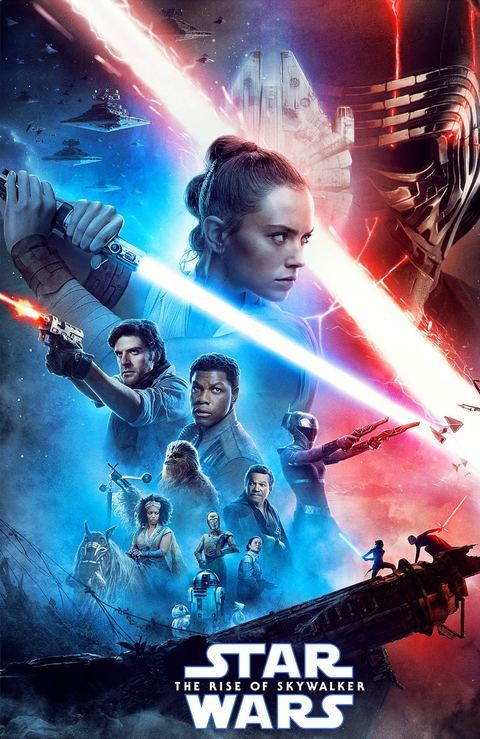

myvanwy • Jan 17, 2013 at 10:28 am
Yea!! I can’t wait to see it!